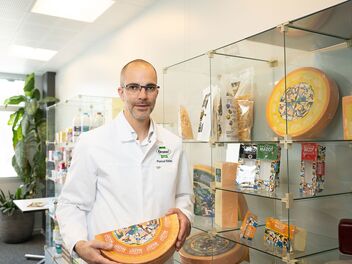
Security and legal
What are the differences between commercial third-party liability and professional liability?
Read article-
 Employees and pensions
Employees and pensionsHealth promotion: prevention instead of aftercare
-
 Security and legal
Security and legalUsing AI in your company, safeguarding data protection: Expert Council for Swiss SMEs
-
 Start-ups and innovation
Start-ups and innovationSME digitalization: The ultimate guide
-
 Security and legal
Security and legalCybercrime: Is your company legally protected against risks on the internet?
-
 Security and legal
Security and legalCyber attack: How can I protect my company?
-
 Security and legal
Security and legalEarly retirement in Switzerland: What do companies need to bear in mind?
-
 Management and finances
Management and financesAvoiding default: How to protect your liquidity
-
 Security and legal
Security and legalBankruptcy: What happens when a company is about to go under?
-
 Management and finances
Management and financesCustomer Relationship Management: Customer retention as a competitive advantage
-
 Start-ups and innovation
Start-ups and innovationPensions for the self-employed: what do you really need?
-
 Management and finances
Management and financesPayment reminder, demand for payment, debt enforcement: how to claim your money professionally (including template)
-
 Employees and pensions
Employees and pensionsMandatory and extra-mandatory OPA benefits
